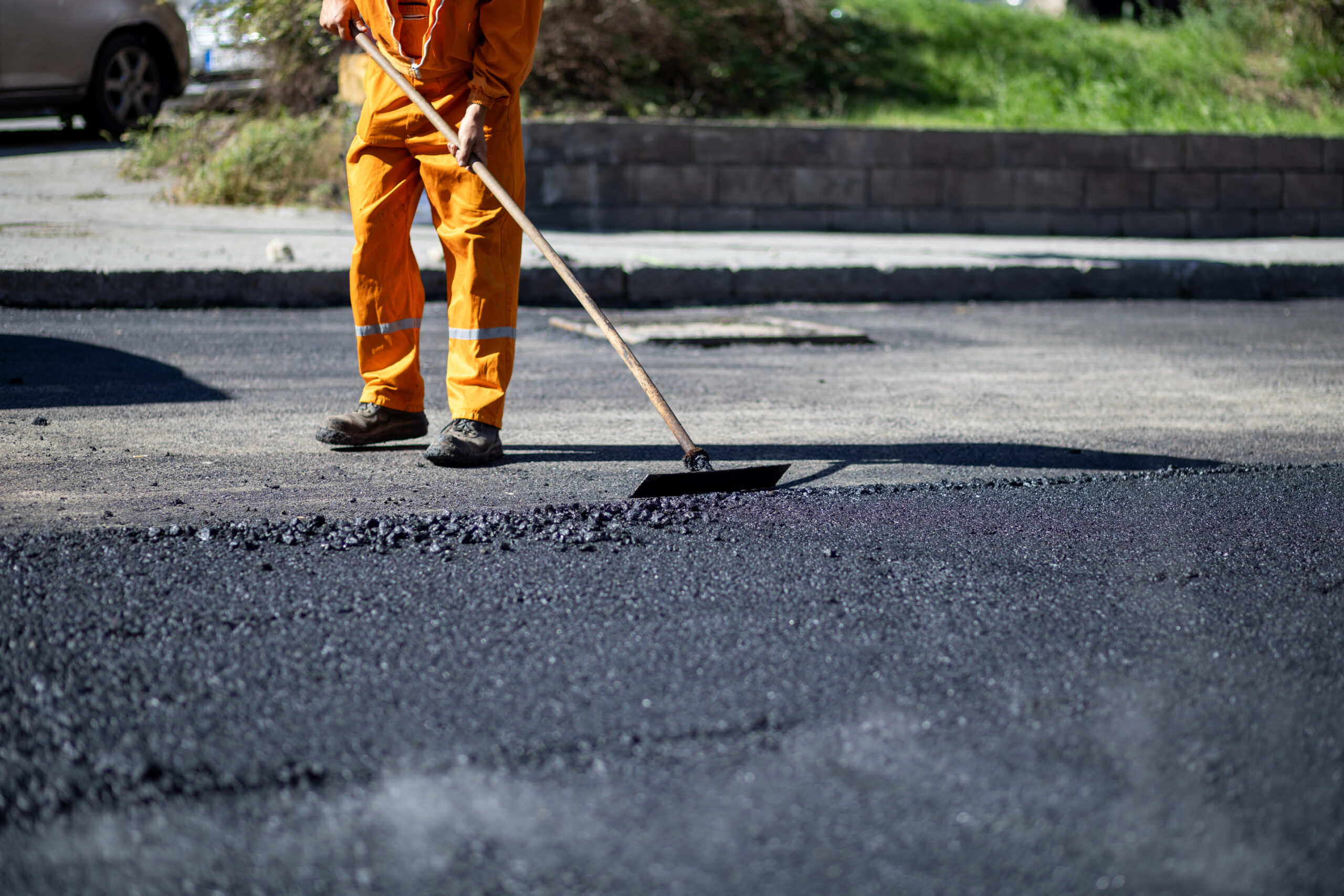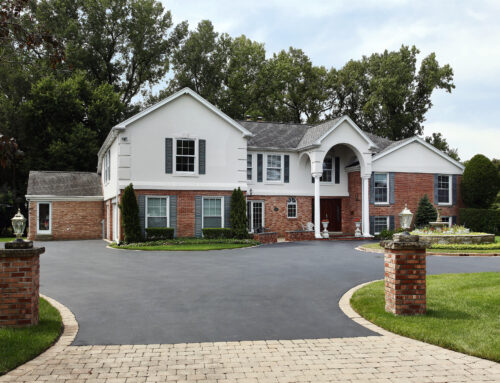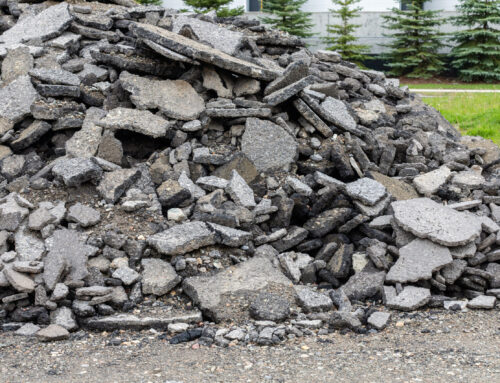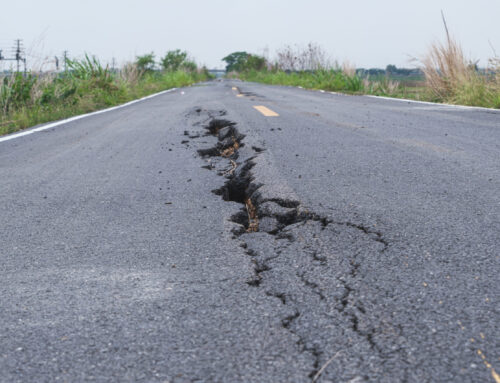Asphalt surfaces endure daily wear and tear from traffic, weather conditions, and natural aging. Over time, cracks, potholes, and fading can compromise both the appearance and structural integrity of your pavement. However, asphalt resurfacing offers a cost-effective and efficient solution to these problems, extending the life of your pavement while restoring its functionality and aesthetic appeal. This time on the Sunrise Asphalt blog, we explore what asphalt resurfacing is and how it can help you save time and money in the long run.
What Is Asphalt Resurfacing?
Asphalt resurfacing, also known as overlaying, is the process of applying a new layer of asphalt over an already existing pavement surface. This technique addresses surface-level damage without a full replacement, making it a great solution for pavements that show signs of aging but still have a stable foundation. If it’s not broke, why fix it you know?
During the resurfacing process, contractors repair minor damages, such as cracks and potholes, before applying the new asphalt layer. This ensures a smooth, even surface and reinforces the pavement for years of continued use.
The Benefits of Asphalt Resurfacing
1. Cost-Effective Solution
One of the most significant advantages of asphalt resurfacing is its affordability. Resurfacing costs a fraction of what you’d pay for a full pavement replacement because it uses the existing base layer. This makes it an excellent option for property owners looking to extend their pavement’s lifespan without exceeding their budget unnecessarily. Huge!
2. Restores Aesthetic Appeal
Over time, asphalt can become faded, cracked, or riddled with potholes, detracting from your property’s curb appeal. Resurfacing rejuvenates the surface, giving it a smooth, black finish that looks brand new. Whether it’s a driveway, parking lot, or roadway, resurfacing enhances the overall appearance of your pavement, and we love that in our surfaces.
3. Extends Pavement Lifespan
By addressing surface-level issues and reinforcing the pavement, asphalt resurfacing can extend the life of your pavement by 8–15 years or more. This added durability ensures you get the most out of your investment while avoiding the need for premature replacement.
4. Improves Safety
Cracks, potholes, and uneven surfaces pose safety risks to pedestrians and vehicles. Resurfacing eliminates these hazards, creating a safer environment for everyone who uses your pavement. This is especially important for businesses that are heavily trafficked!
5. Quick and Efficient Process
Compared to full pavement replacement, resurfacing is a much quicker process. This minimizes disruptions to your property or business operations while still delivering high-quality results.
When to Consider Asphalt Resurfacing
Not all pavement issues can be resolved with resurfacing. It’s essential to evaluate the condition of your asphalt to determine whether it’s a suitable candidate for this process. Here are some signs that resurfacing may be the right choice:
- Minor to Moderate Damage: Pavements with surface cracks, minor potholes, or wear and tear are ideal candidates.
- Faded or Worn Appearance: If your asphalt looks dull or aged but still has a solid foundation, resurfacing can restore its appearance.
- Stable Base Layer: Resurfacing requires a strong and stable foundation. If the base is compromised, a full replacement may be necessary.
For more severe damage, such as extensive cracking, sinking, or foundation issues, replacement might be a better option. A professional assessment can help you make the right decision.
The Asphalt Resurfacing Process
Understanding the resurfacing process can help you know what to expect. Here’s a step-by-step overview:
- Inspection: Contractors assess the condition of your pavement to ensure it’s suitable for resurfacing.
- Cleaning: The surface is thoroughly cleaned to remove dirt, debris, and loose materials.
- Repairs: Cracks, potholes, and other imperfections are repaired to create a smooth base for the new asphalt layer.
- Milling (if needed): A portion of the old asphalt may be removed to improve adhesion and ensure a uniform thickness.
- Application: A new layer of asphalt is applied, leveled, and compacted to create a durable and even surface.
- Finishing Touches: Sealcoating and striping (if applicable) are added to protect the surface and enhance its appearance.
How Resurfacing Protects Your Investment
Regular asphalt maintenance, including resurfacing, is key to maximizing the lifespan of your pavement. Here’s how resurfacing protects your investment:
- Prevents Water Damage: A fresh asphalt layer seals cracks and imperfections, preventing water infiltration that can weaken the pavement’s foundation.
- Reduces Maintenance Costs: By addressing surface damage early, resurfacing reduces the need for costly repairs down the line.
- Enhances Durability: The new layer reinforces the pavement, helping it withstand traffic, weather, and daily use.
All of that to say asphalt resurfacing is a practical, cost-effective way to extend the life of your pavement! It’s not always the right tool for the job, but when it works, it offers a perfect balance between function and cost, and we are happy to offer it! If your pavement is showing signs of aging, don’t wait for the damage to worsen. Contact Sunrise Asphalt today to schedule an assessment and find out if asphalt resurfacing is the right choice for your project. Let us help you keep your pavement in top condition for years to come!





